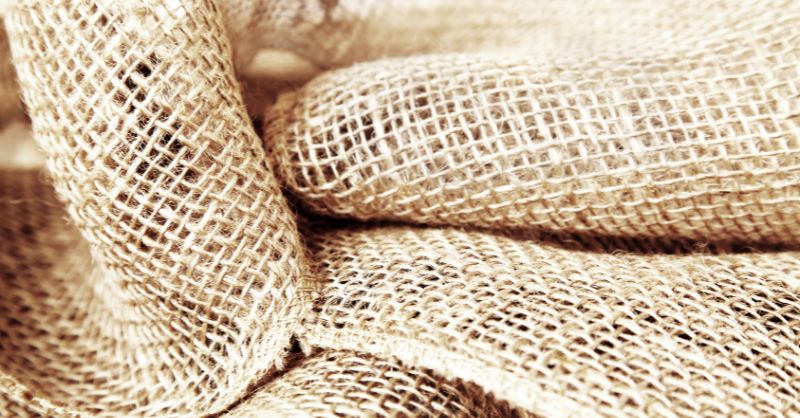Unveiling the Remarkable Properties of Manmade Fibers

The world of textiles has witnessed remarkable advancements over the years, with manmade fibers playing a pivotal role in shaping the industry. These synthetic fibers, created through a complex process of chemical synthesis, possess unique properties that make them highly versatile and suitable for a wide range of applications. In this article, we will delve into the fascinating world of manmade fiber properties, exploring their advantages, characteristics, applications, and production methods.
Manmade fibers, also known as synthetic fibers, are produced through the conversion of various raw materials into thread-like structures. Unlike natural fibers such as cotton or silk, which are derived from plants or animals, manmade fibers are engineered in laboratories. This allows manufacturers to tailor their properties to meet specific requirements.
One of the key advantages of manmade fibers is their exceptional strength. These fibers possess a high tensile strength, making them durable and resistant to wear and tear. Additionally,
Another notable advantage of manmade fibers is their moisture-wicking capability. Unlike natural fibers that absorb moisture, synthetic fibers have hydrophobic properties, meaning they repel water. This feature makes them highly suitable for sports and activewear, as it helps to keep the wearer dry and comfortable by wicking away perspiration.
Manmade fibers also exhibit exceptional resistance to chemicals and sunlight. Unlike natural fibers that may degrade or fade when exposed to certain chemicals or sunlight, synthetic fibers maintain their integrity and color even under harsh conditions. This characteristic makes them ideal for outdoor applications, such as awnings, umbrellas, and outdoor furniture.
When it comes to characteristics, manmade fibers offer a wide range of options. They can be engineered to be lightweight or heavy, depending on the desired application. Additionally, they can possess varying degrees of softness or stiffness, allowing for flexibility in design and functionality. Some manmade fibers even have inherent flame-resistant properties, making them suitable for use in protective clothing and upholstery.
The applications of manmade fibers are extensive and diverse. They are widely used in the fashion industry, where their versatility allows for the creation of innovative and stylish garments. From breathable activewear to luxurious faux fur, manmade fibers have revolutionized the world of fashion.
Furthermore, manmade fibers have found their way into the automotive industry, where their durability and resistance to fading make them ideal for upholstery and interior components. They are also utilized in the production of carpets and rugs, where their stain resistance and ease of maintenance offer significant advantages over natural fibers.
In terms of production, manmade fibers are created through two primary methods: melt spinning and wet spinning. Melt spinning involves melting the raw material, such as polyester or nylon, and extruding it through fine holes to form fibers. Wet spinning, on the other hand, involves dissolving the raw material in a chemical solution and then extruding it into a coagulating bath to form fibers.
The production of manmade fibers is a complex and highly technical process that requires specialized machinery and expertise. However, advancements in technology have made it more efficient and cost-effective, allowing for the mass production of synthetic fibers to meet the ever-growing demand.
Manmade fibers possess a wide range of advantageous properties that make them indispensable in various industries. Their strength, moisture-wicking capability, chemical resistance, and versatility make them suitable for a plethora of applications. As technology continues to advance, we can expect further innovations in manmade fiber production, leading to even more remarkable properties and applications. The future of the textile industry undoubtedly lies in the realm of manmade fibers.
